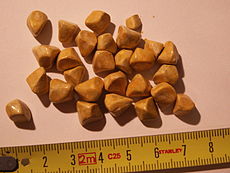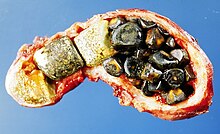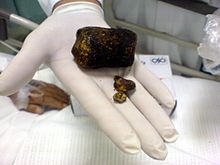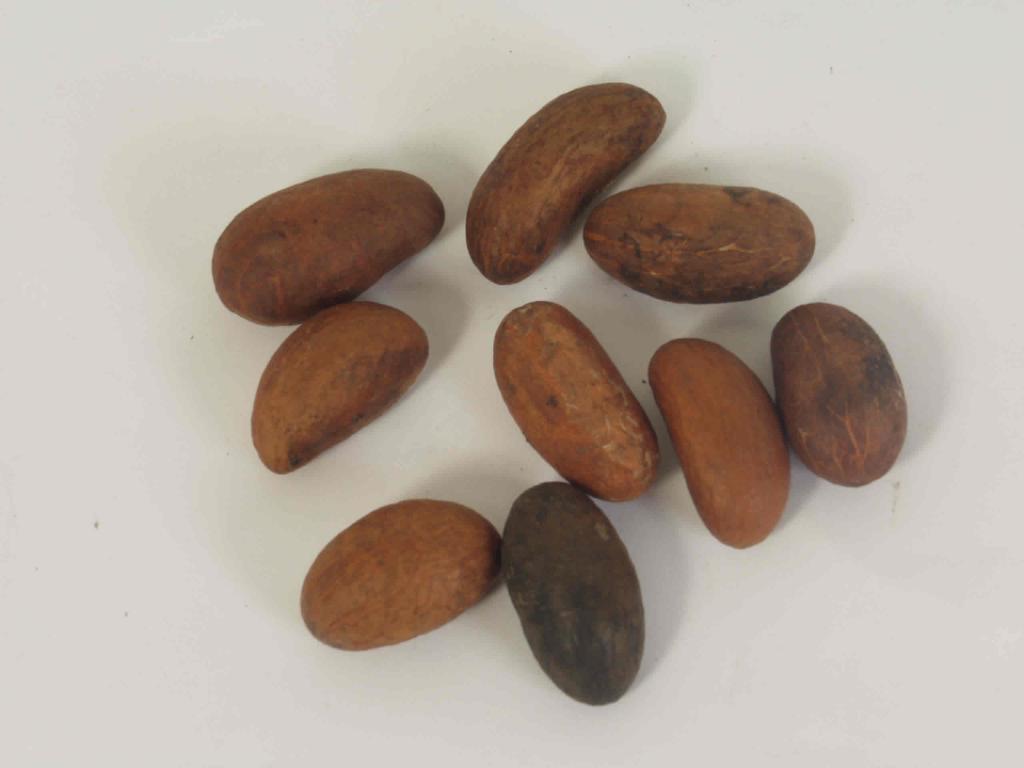Cattle(ox) Gallstones vary
in size, and are a clay-like substance that develop in the gallbladder
of small numbers of cows. Just like in humans, not all cows have
gallstones.
As you can see in the pictures, Ox gallstones have a wide variety
of size as well shape. The size ranges from a pebble size to the size
of a chicken’s egg. The shape ranges from a shape of a pyramid, square
to even oval shapes.
Gallstones are collected and are used extensively
in oriental medicine, particularly in the treatment of hepatitis and
other liver and gallbladder related ailments in humans. Ox gallstones
are also used in fever reducers and herbal medicine that serve to
detoxify the body.
 What we are discussing here is named ox gallstones.
Gallstones are mineral elements (and not organic matter) mainly found in bovines gallbladders.
What we are discussing here is named ox gallstones.
Gallstones are mineral elements (and not organic matter) mainly found in bovines gallbladders.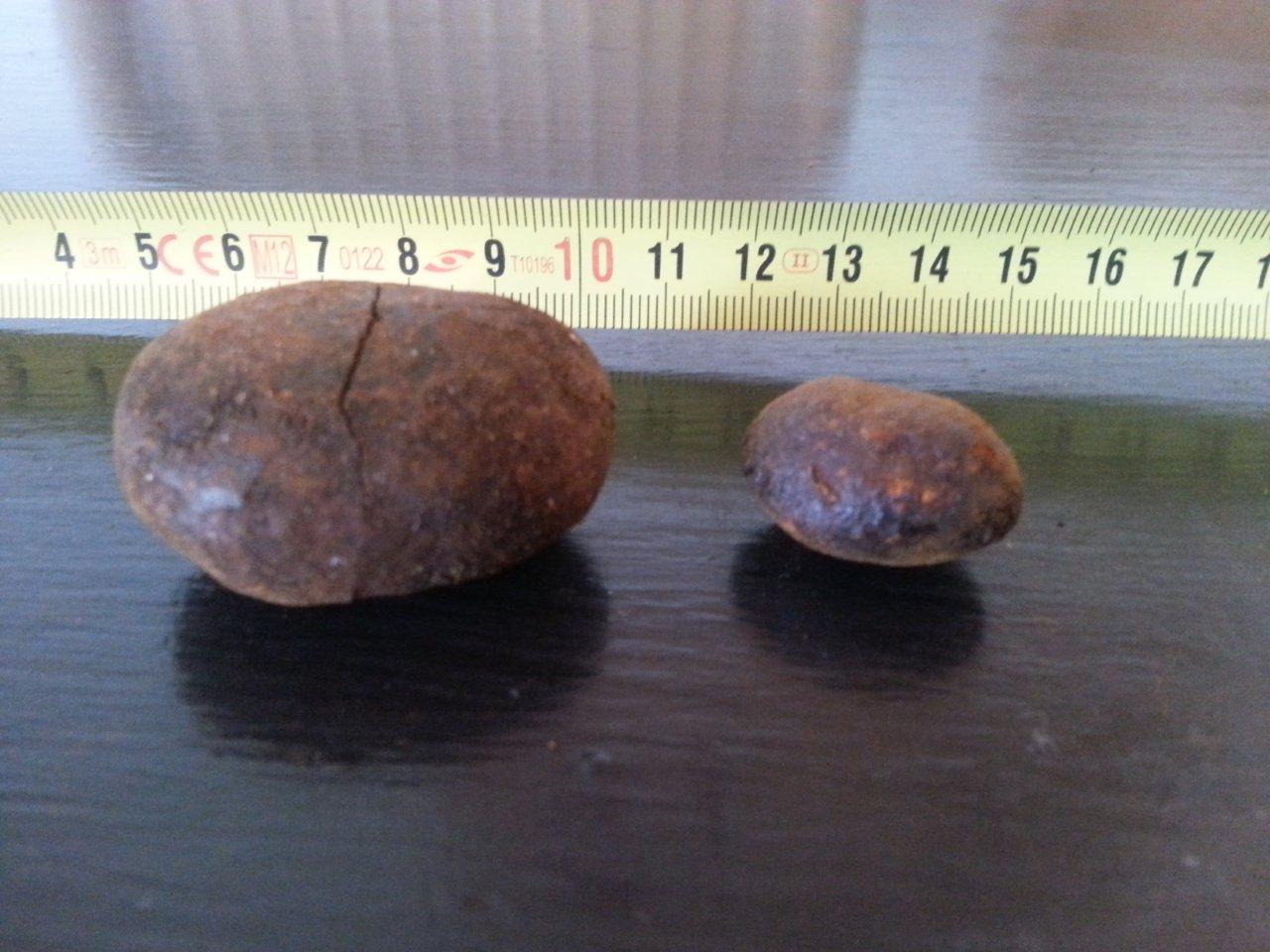
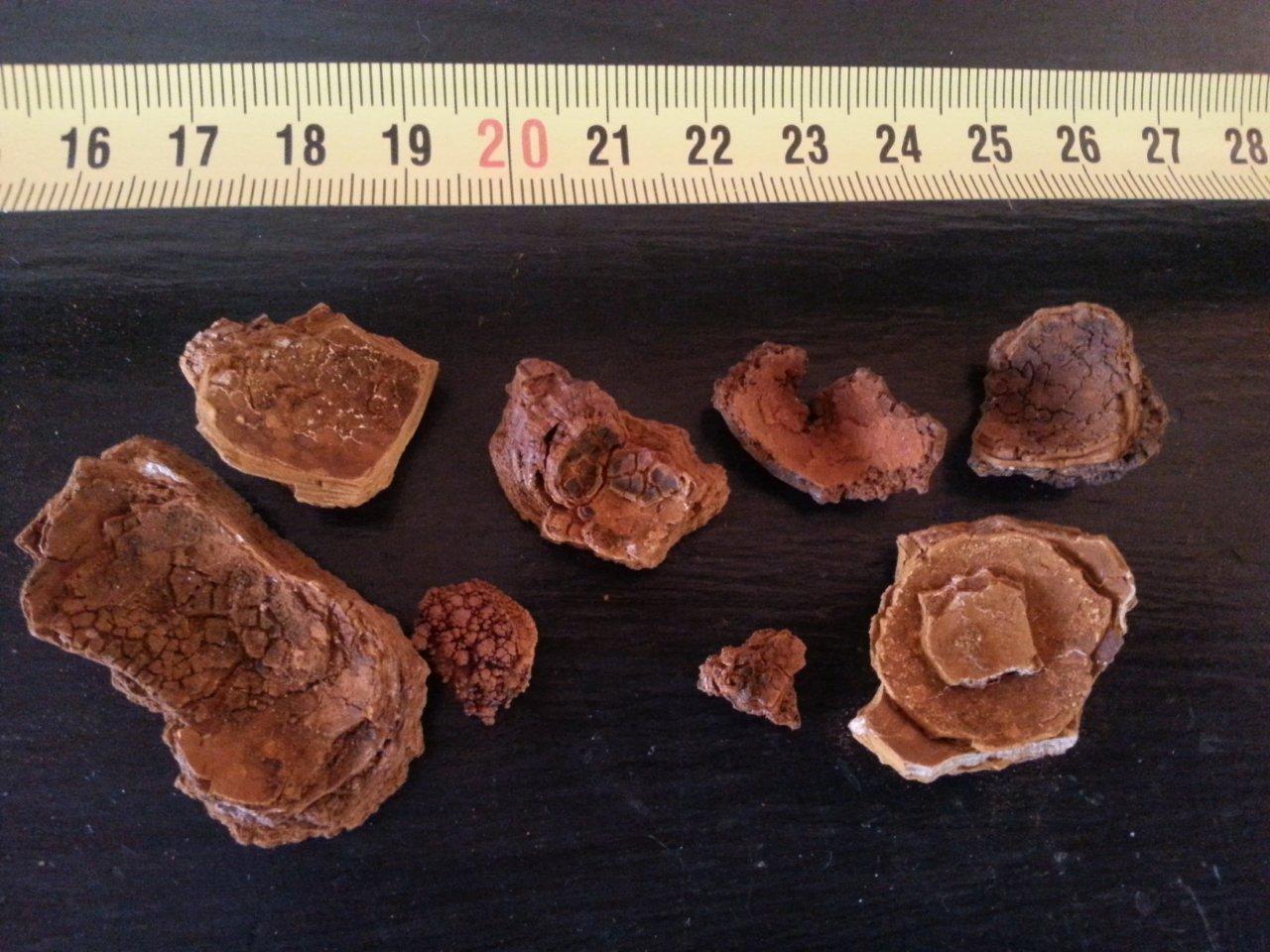
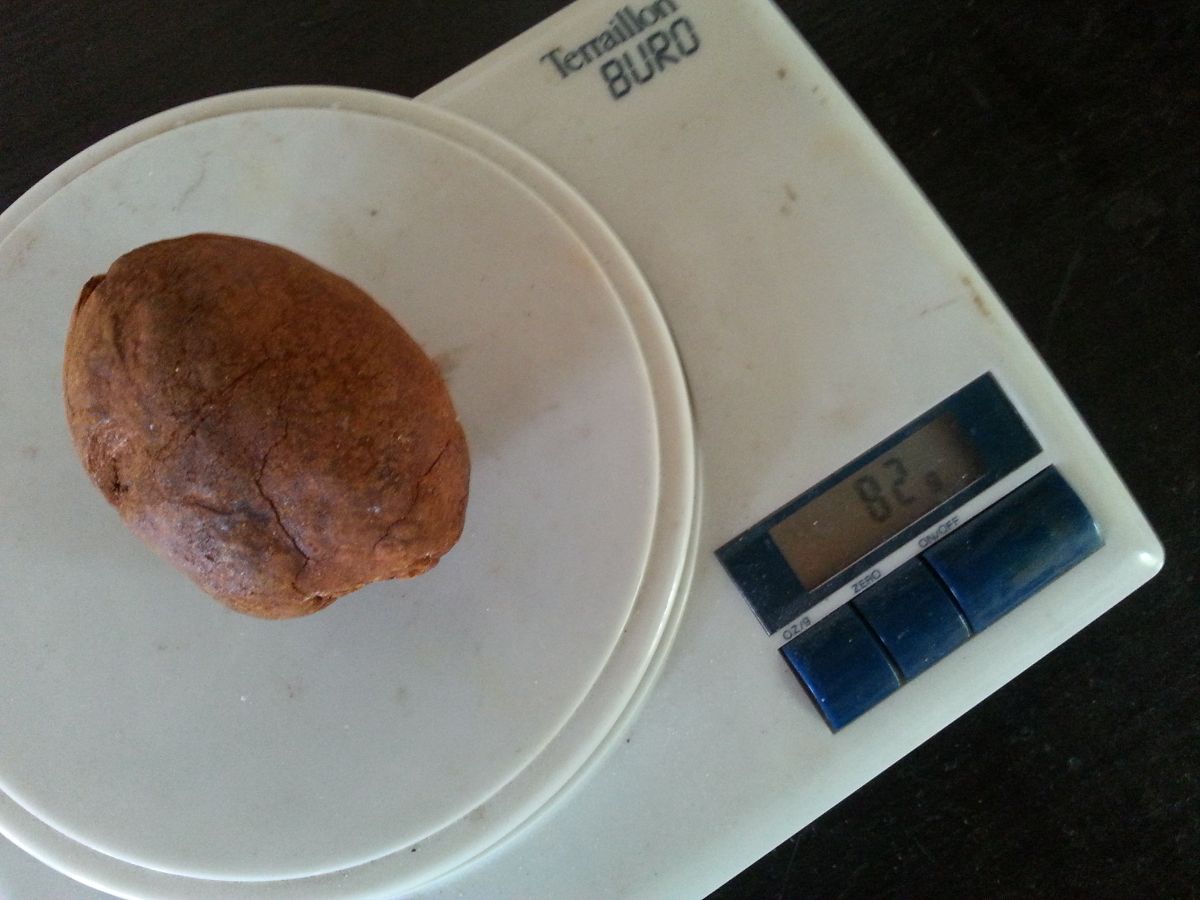 Gallstones look like stones of various shapes and colours.
Gallstones look like stones of various shapes and colours. Gallstones develop inside a number of bovines, mainly depending on their age and diet.
Gallstones develop inside a number of bovines, mainly depending on their age and diet.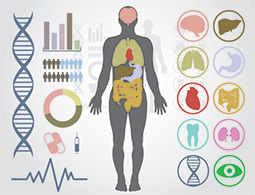 Ox gallstones are used for the pharmacopeia.
Ox gallstones are used for the pharmacopeia.